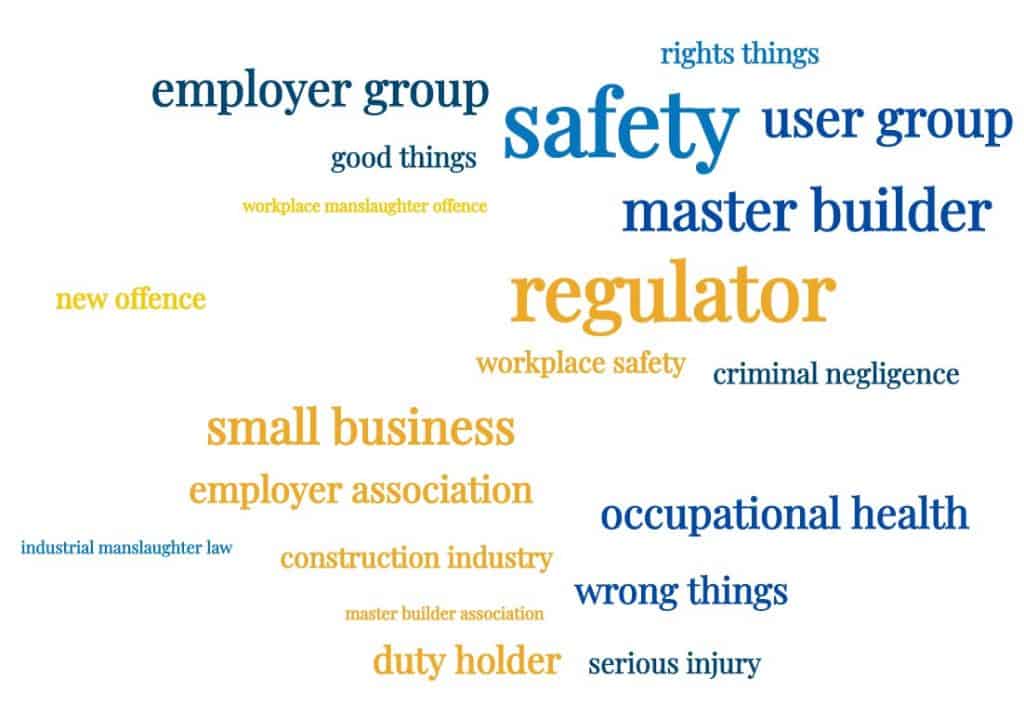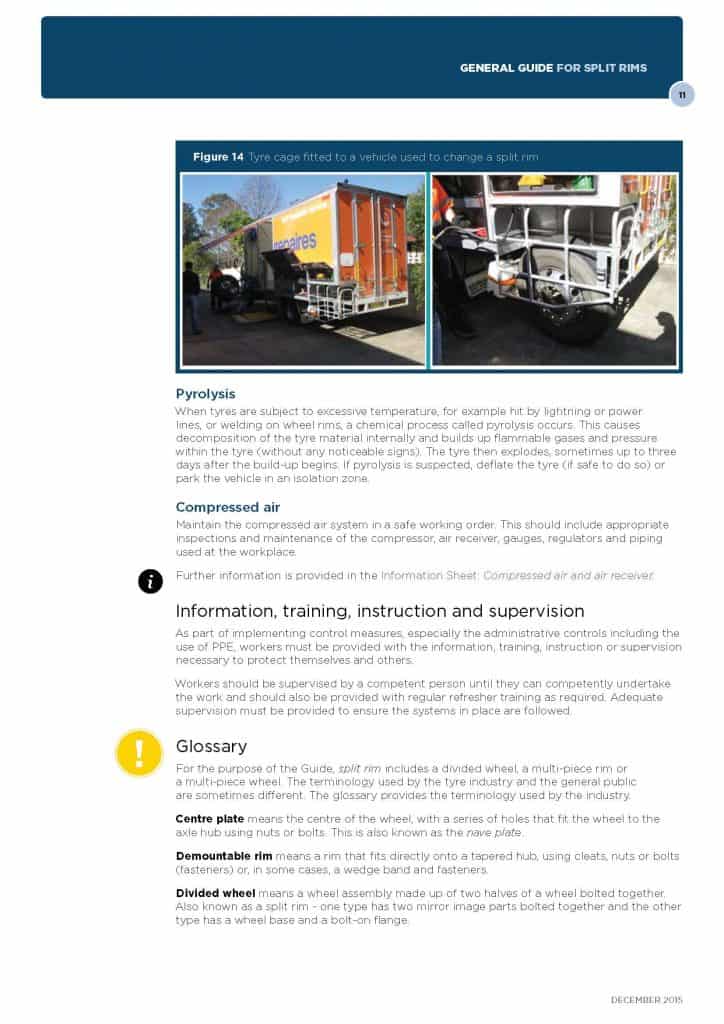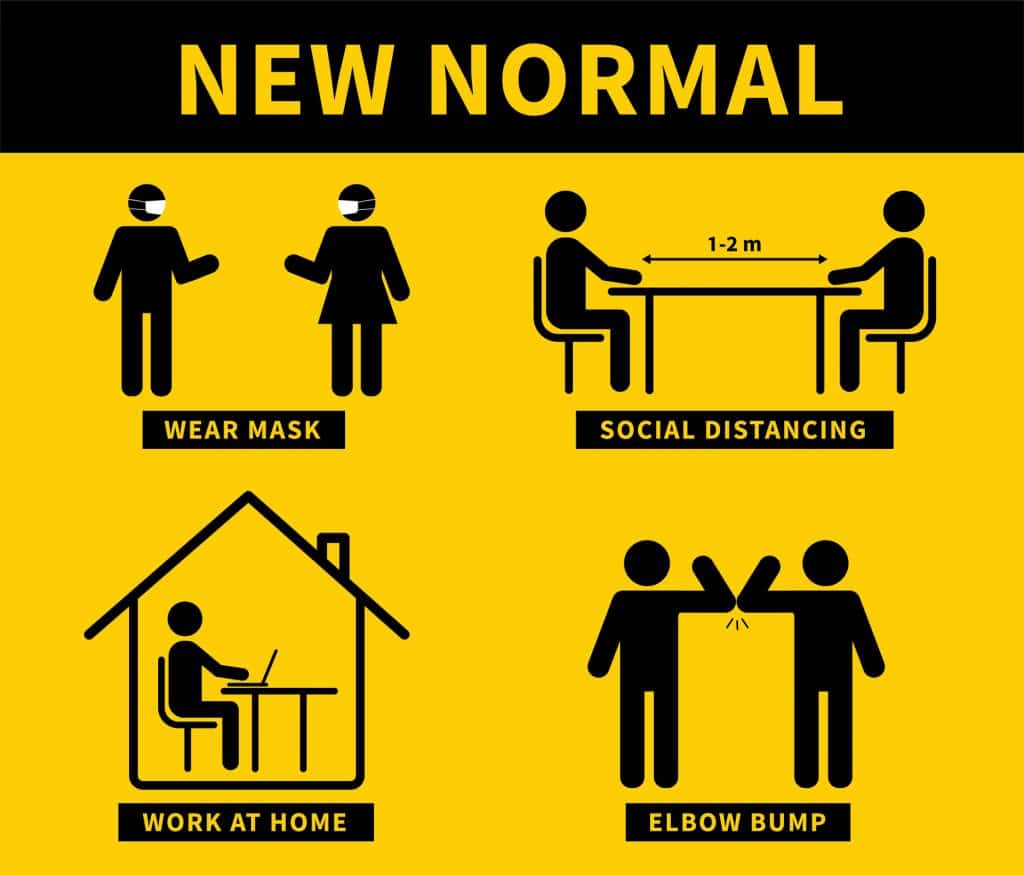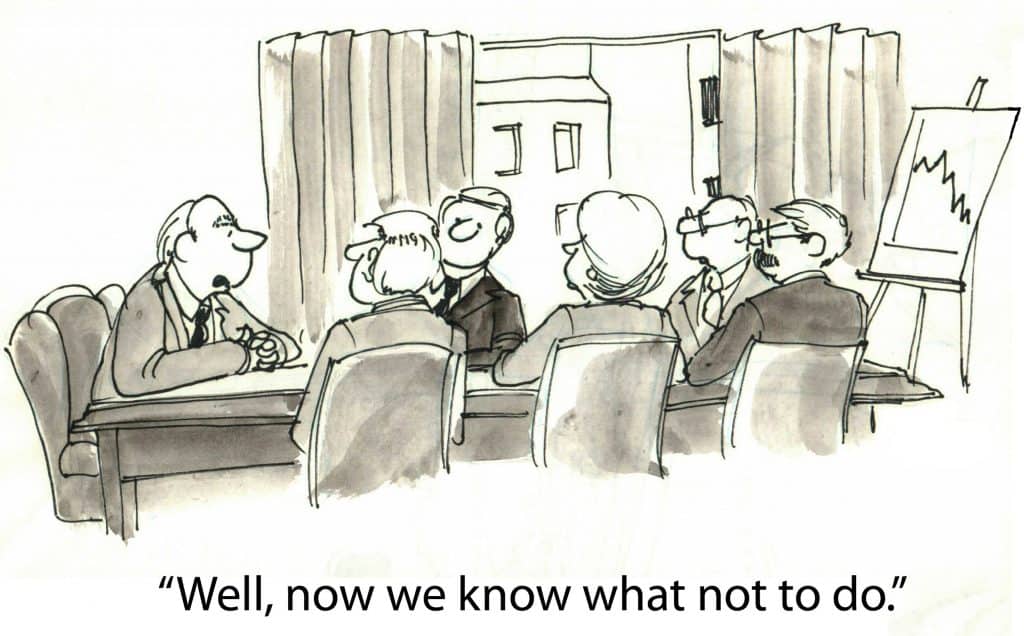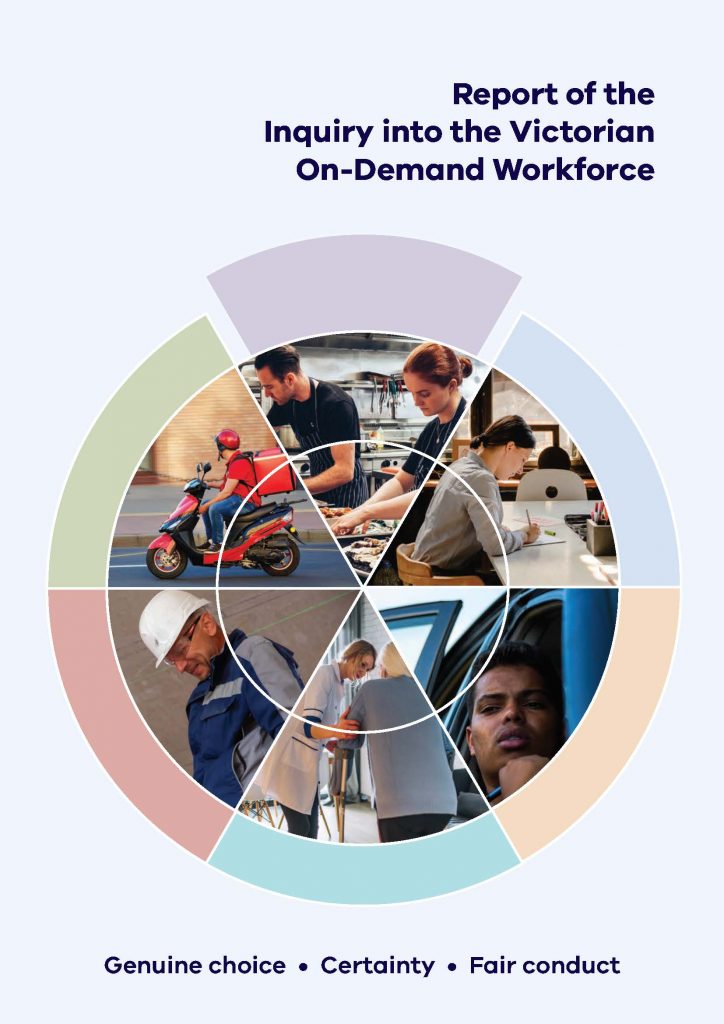This article was originally published on May 15 2017 and I was reminded of it this week when talking to a colleague about the management of safety on some of the current home renovation programs.
It’s a long and, I think, fascinating article that suits a leisurely weekend read.
Todd Sampson has created a niche in Australian television by challenging himself in mental and physical tasks. His latest program is “Life on the Line“. What is intriguing about this type of TV program is how occupational health and safety (OHS) is managed in a way that does not impede the aim of the show.
SafetyAtWorkBlog spent some time with the safety adviser on the show, Roger Graham, to better understand the demands of advising film and TV productions on workplace safety. The exclusive interview is below.
Continue reading “Managing safety on a high risk TV program”

